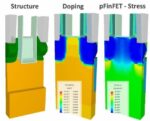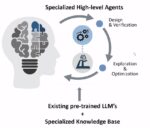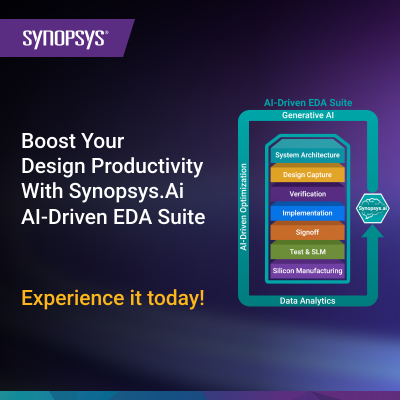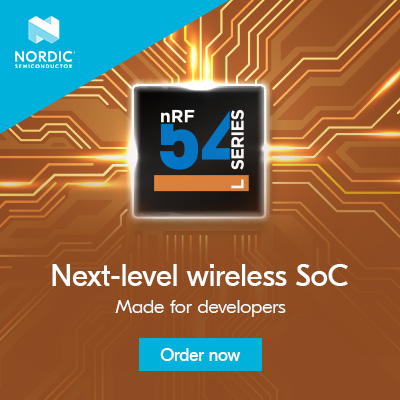Modern SoCs can be complex with hundreds to thousands of IP blocks, so there’s an increasing need to have a front-end build and assembly methodology in place, eliminating manual steps and error-prone approaches. I’ve been writing about an EDA company that focuses on this area for design automation, Defacto Technologies, and … Read More
Author: Daniel Payne
SoC Front-end Build and Assembly
TCAD for 3D Silicon Simulation
Semiconductor fabs aim to have high yields and provide processes that attract design firms and win new design starts, but how does a fab deliver their process nodes in a timely manner without having to run lots of expensive silicon through the line? This is where simulation and TCAD tools come into play, and to learn more about this… Read More
Automotive Functional Safety (FuSa) Challenges
Modern vehicles have become quite sophisticated, like a supercomputer on wheels. They integrate a vast number of electronic components, including thousands of chips, to deliver advanced functionalities ranging from infotainment to critical safety systems. This increasing complexity necessitates a robust approach to … Read More
High-speed PCB Design Flow
High-speed PCB designs are complex, often requiring a team with design engineers, PCB designers and SI/PI engineers working together to produce a reliable product, delivered on time and within budget. Cadence has been offering PCB tools for many years, and they recently wrote a 10-page white paper on this topic, so I’ll share … Read More
Verifying Leakage Across Power Domains
IC designs need to operate reliably under varying conditions and avoid inefficiencies like leakage across power domains. But how do you verify that connections between IP blocks has been done properly? This is where reliability verification, Electrical Rule Checking (ERC) tools and dynamic simulations all come into play particularly… Read More
Generative AI Comes to High-Level Design
I’ve watched the EDA industry change the level of design abstraction starting from transistor-level to gate-level, then RTL, and finally using High Level Synthesis (HLS). Another emerging software trend is the use of generative AI to make coding RTL more automated. There’s a new EDA company called Rise Design Automation that… Read More
Speeding Up Physical Design Verification for AMS Designs
Custom and analog/mixed-signal IC designs have some unique IP and symmetry checking requirements for physical design. Waiting until the end of the IC layout process to verify IP instances for correctness or proper symmetry will cause project delays, so an approach to perform earlier physical verification makes more sense. … Read More
Getting Faster DRC Results with a New Approach
As IC designs become increasingly complex, traditional Design Rule Checking (DRC) methods are struggling to keep up. The old “construct by correction” approach, initially developed for simpler, custom layouts, is creating substantial runtime and resource bottlenecks. Traditional DRC relies on an iterative, sequential… Read More
Automating Formal Verification
Formal verification methods are being adopted at a fast pace as a complement to traditional verification methods like functional simulation for IP blocks in SoC designs. I had a video meeting with Max Birtel, co-founder of LUBIS EDA and learned more about their history, products and vision. This company started recently in 2020… Read More
Heterogeneous 2D/3D Packaging Challenges
A growing trend in system design is the use of multiple ICs mounted in advanced packages, especially in high-performance computing and AI. These modern packages now integrate multiple ICs, often with high-bandwidth memory (HBM), resulting in hundreds of thousands of connections that need proper verification. Traditional… Read More


















Flynn Was Right: How a 2003 Warning Foretold Today’s Architectural Pivot